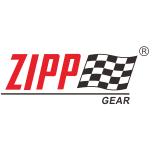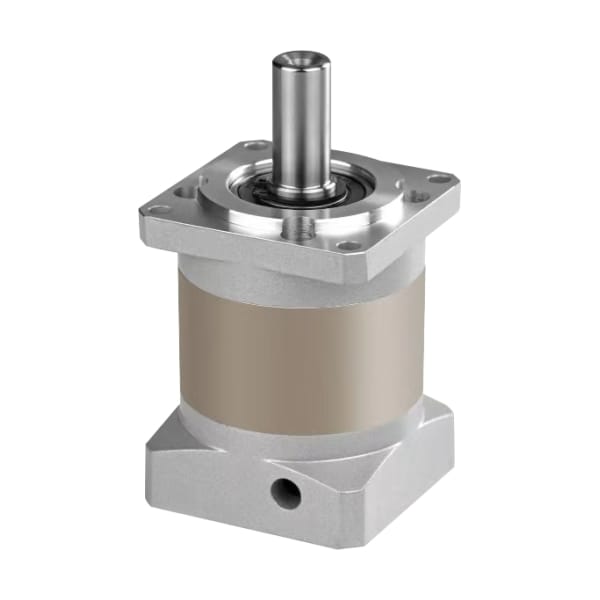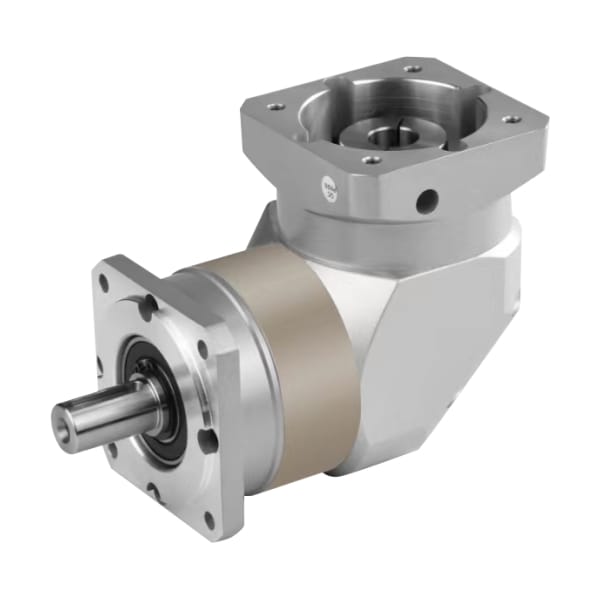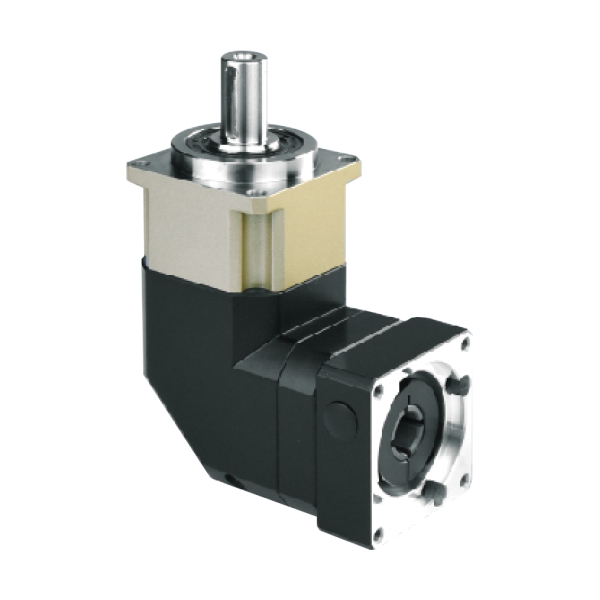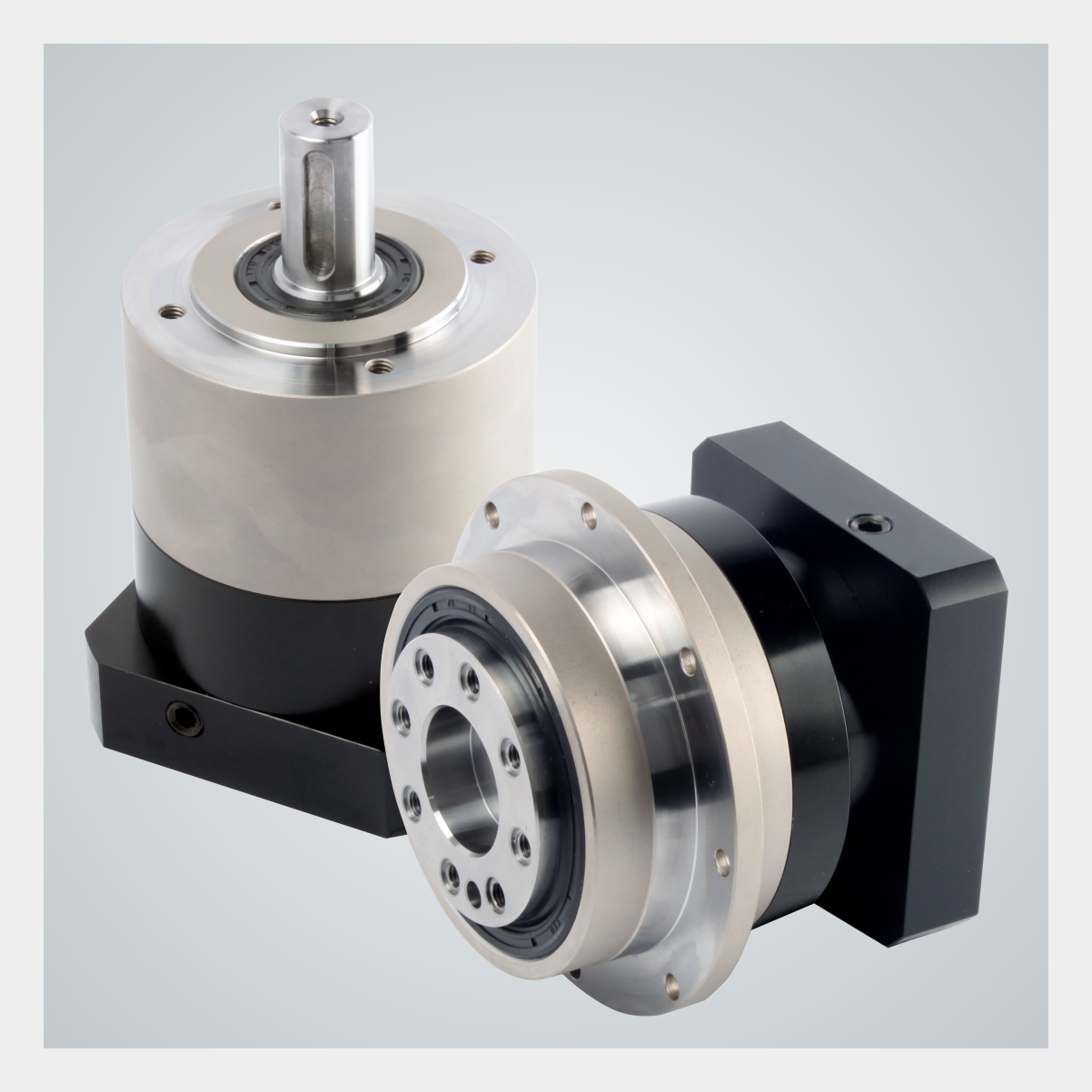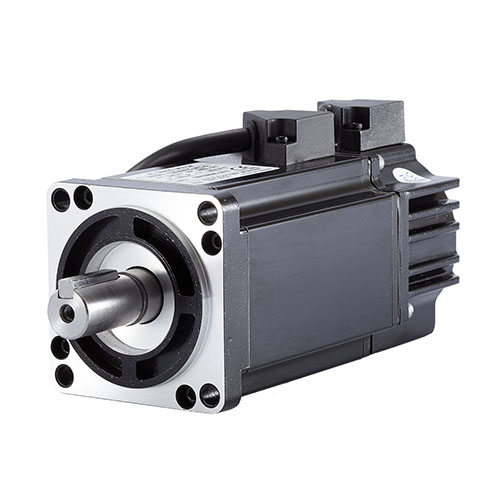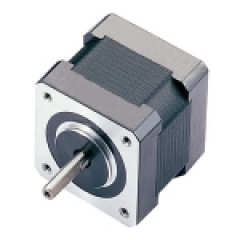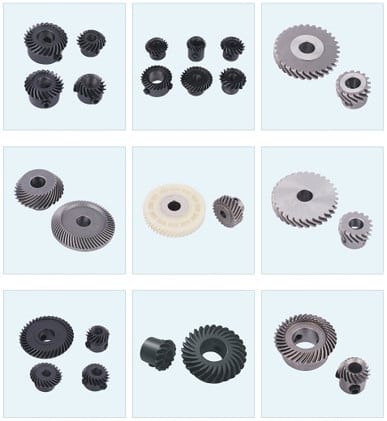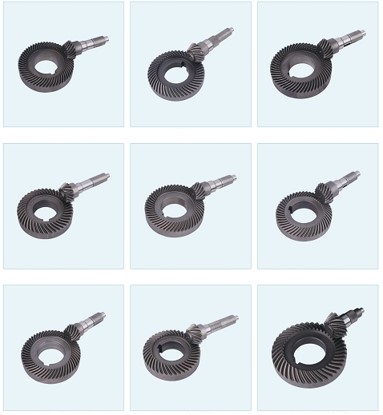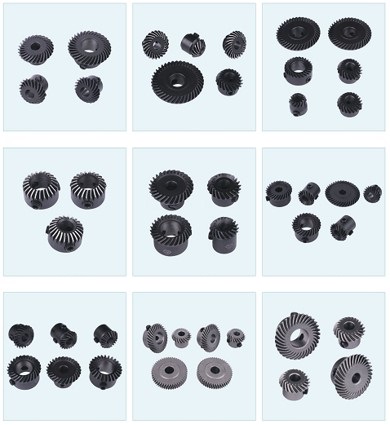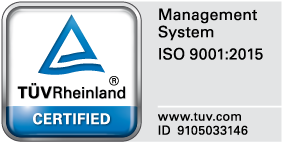
Quality without compromise
Is the Key to Successful Innovation
ZIPP GEAR, an ISO 9001:2015-certified manufacturer based in Taiwan, is your trusted partner for precision gears, gearboxes, and power transmission solutions. With years of engineering expertise, we design and manufacture high-quality components that meet the demanding needs of automation, robotics, industrial machinery, and renewable energy systems.
Our Expertise
At ZIPP GEAR, we specialize in a wide range of precision-engineered products, including:
Spur Gears & Helical Gears – Accurate, reliable, and built for smooth operation.
Spiral Bevel Gears – High-efficiency power transmission with robust performance.
Planetary Gear Reducers – Compact, high-torque solutions with minimal backlash for dynamic motion control.
Right-Angle Gearboxes – Space-saving gear systems optimized for tight installations.
Custom Gear Assemblies & Machined Parts – Tailored to your exact specifications and industry requirements.
Why Choose ZIPP GEAR?
Precision & Quality – Manufactured under strict ISO standards.
High Performance – Maximum torque, durability, and smooth operation.
Cost-Effective Solutions – Custom designs that deliver value without compromise.
Reliable Partner – Supporting industries worldwide with long-lasting gear solutions.
Customized Gearbox Solutions
Every project is unique. That’s why ZIPP GEAR provides custom gearbox solutions, engineered to integrate seamlessly into your systems. From prototype to production, we work with you at every stage to ensure optimal results.
ZIPP GEAR – Driving the future of automation, robotics, and industry with precision gear technology.
